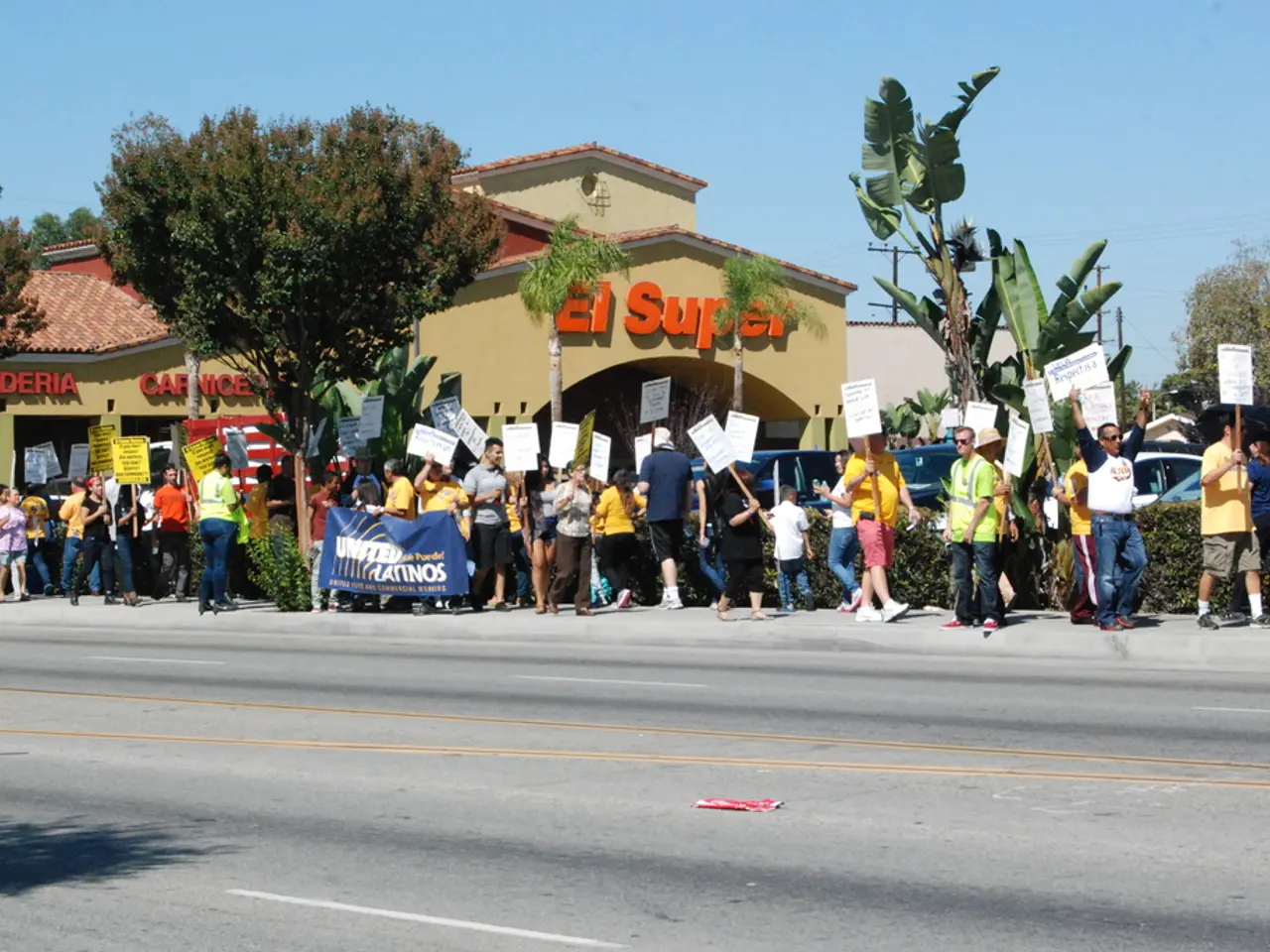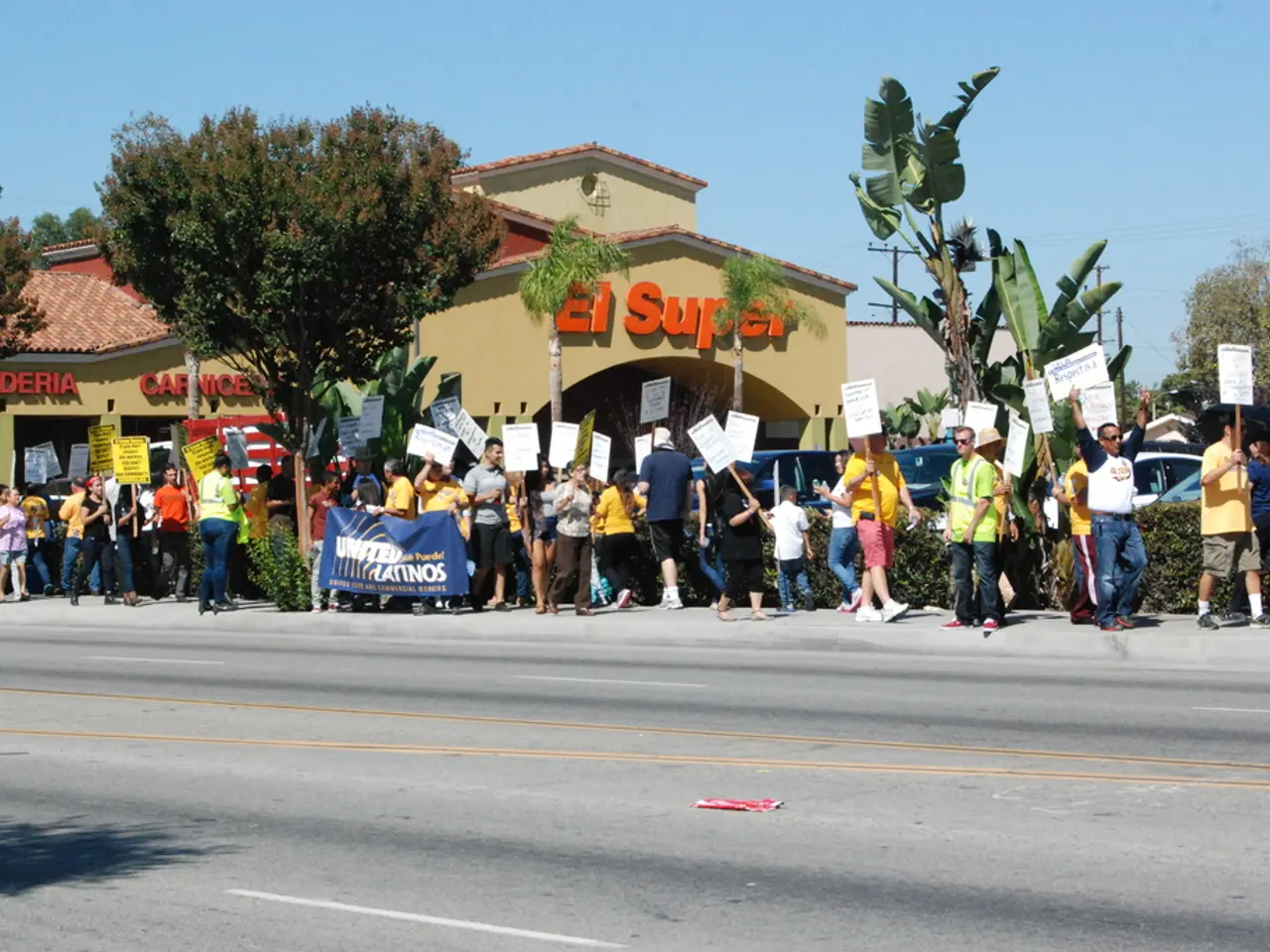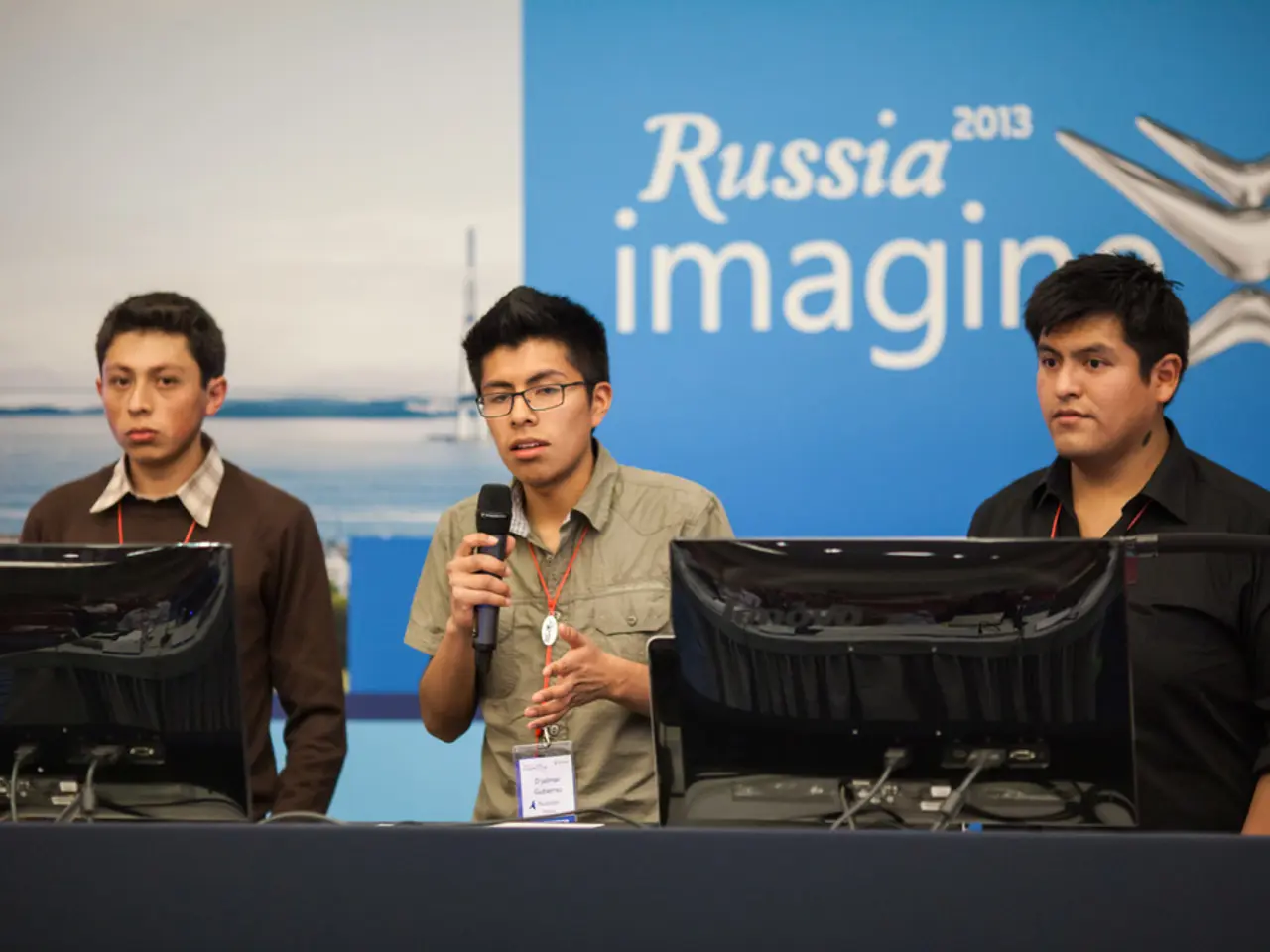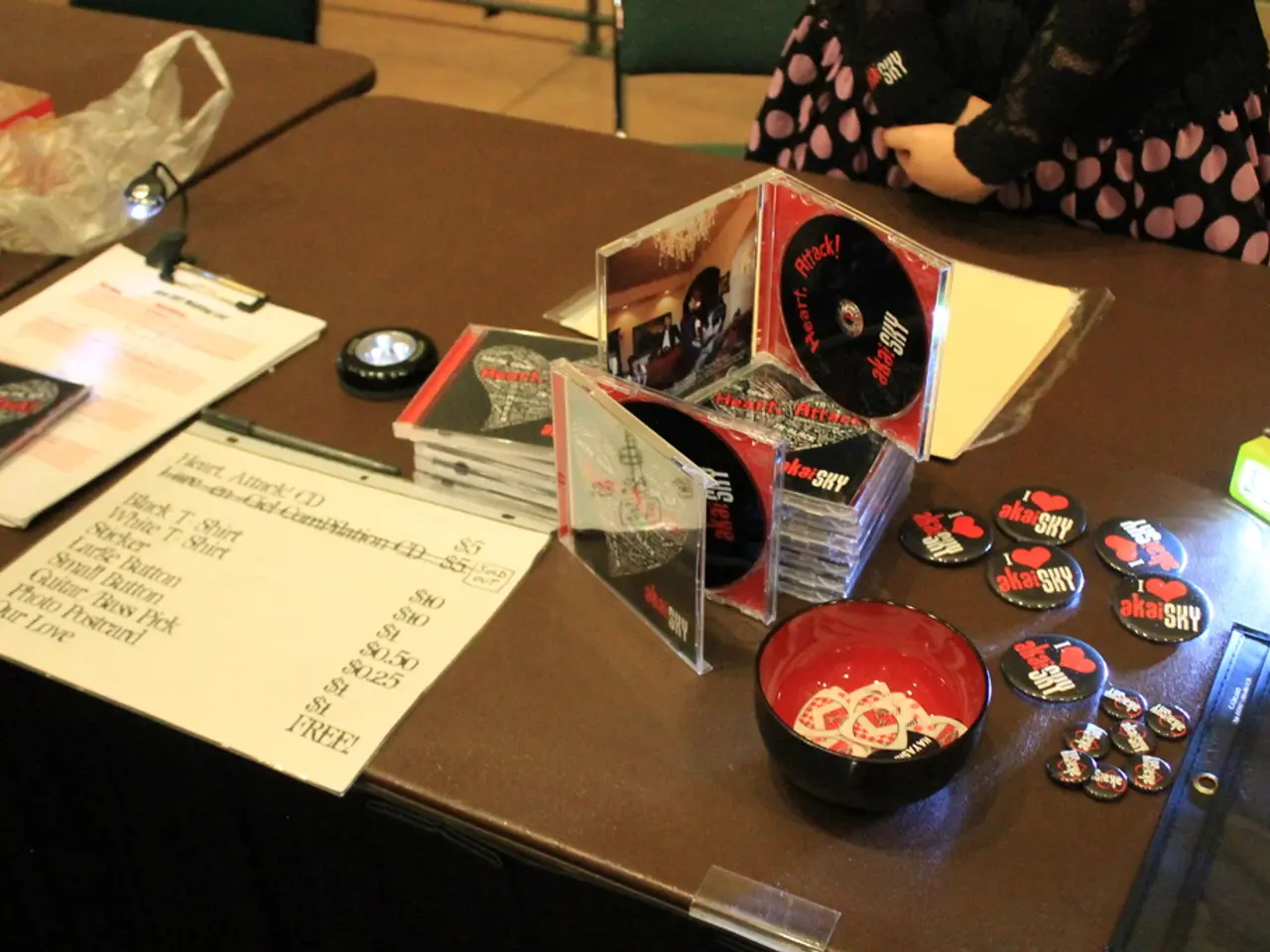The Left Party's Record Membership Growth: A Decade of Expansion
Left Party's membership count hits unprecedented high
The Left party (Die Linke) in Germany has seen a significant increase in membership since its inception in 2007, reaching an unprecedented record of 117,868 members as of today, according to party co-chair Ines Schwerdtner. The information was shared with the "Neue Osnabrücker Zeitung" (Saturday edition).
The growth in the party's membership can be attributed to several key factors.
Political Context and Dissatisfaction
Growing discontent with the established major parties, especially the Social Democrats (SPD) and the Greens, has played a significant role. Issues such as austerity policies, labor market reforms (e.g., Agenda 2010), and inequality have led many to seek an alternative to centrist policies. The Left party has positioned itself as a strong opposition to neoliberal policies and social cutbacks, attracting voters and members dissatisfied with the status quo.
Economic crises, such as the 2008 financial crisis and subsequent Eurozone challenges, have also increased demand for alternative socio-economic policies, benefiting Die Linke’s appeal.
Unification of Left-wing Groups
The formation of Die Linke in 2007 from a merger between the Party of Democratic Socialism (PDS), the successor of East Germany’s ruling socialist party, and the Electoral Alternative for Labor and Social Justice (WASG), a western German left-wing breakaway from SPD, broadened the party’s geographical and ideological reach. This unification attracted a more diverse membership base.
Strong Regional Bases, Especially in East Germany
The party maintains strong roots in the eastern states, where post-reunification economic hardships left many looking for representation outside mainstream parties. This regional appeal has sustained a steady inflow of members.
Mobilization around Social Justice and Anti-war Issues
Active involvement in protests against war, social cutbacks, and neoliberal reforms has galvanized younger and activist-oriented demographics to join the party.
Membership Trends Since the Federal Election
Following its first major federal election breakthrough in 2009, membership surged as the party gained seats in the Bundestag and increased media exposure. Growth remained steady but slower from 2013 to 2017, with the party consolidating its position in parliament but facing competition from the rise of other populist and leftist movements.
Post-2017 federal election, membership stabilized and then showed mixed trends, with some losses due to electoral disappointments in certain regions, but gains in response to ongoing social debates, especially around housing, climate justice, and inequality.
In recent years, the party continues to attract new members motivated by left-wing social policies but also grapples with internal debates on strategy and direction, influencing membership dynamics. The overall long-term trajectory since 2007 remains upward, though growth rates have varied.
Despite the slower growth rate compared to the initial surge following the federal election, the Left party's membership growth remains positive, with the party maintaining its highest membership number since its founding in 2007. The information about the Left party's membership was provided by party co-chair Ines Schwerdtner.
The increase in the Left party's membership can be attributed to dissatisfaction with established major parties, such as the Social Democrats (SPD) and the Greens, due to issues like austerity policies, labor market reforms, and inequality, as the Left party offers an alternative to centrist policies.
The Left party's growth is also a result of the unification of left-wing groups, like the Party of Democratic Socialism (PDS) and the Electoral Alternative for Labor and Social Justice (WASG), which broadened the party's geographical and ideological reach, attracting a more diverse membership base.








